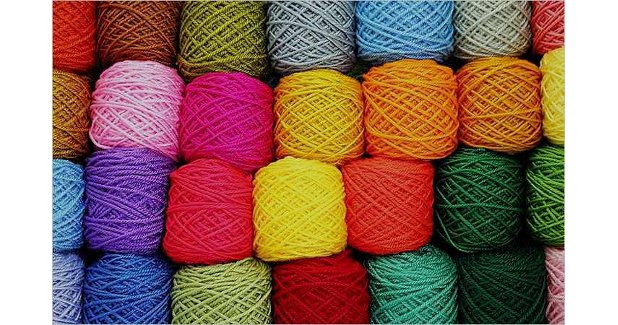
New wool guidelines from IWTO
International Wool Textile Organisation has released a set of guidelines designed specifically for conducting life cycle assessments on wool products. From a sustainability perspective wool has, historically, scored poorly in rating systems.
International Wool Textile Organisation has released a set of guidelines designed specifically for conducting life cycle assessments on wool products. From a sustainability perspective wool has, historically, scored poorly in rating systems. IWTO has long wanted new methods where wool is produced alongside meat or milk as this would potentially lead to a much lower environmental impact being allocated to the wool product.
The new guidelines are wool-specific. They aim to create an improvement in the application of life cycle assessments to wool supply chains. This method is expected to improve the scientific veracity and comparability of studies that apply it, providing better information to decision makers and consumers of wool products. These guidelines will be relevant to any organisation undertaking an assessment of wool products. A life cycle assessment is the most commonly used tool for assessing a product’s effect on the environment. It models the use of resources and emissions to air, land or water that occur from the production, processing and manufacturing of products, the use of these products and their end-of-life recycling or disposal.
IWTO represents the interests of the wool textile trade. Its members encompass 60 per cent of the world’s total wool production, from sheep to shop. By facilitating industry strategy and ensuring standards in manufacturing and sustainability, IWTO fosters connection between members and other stakeholders.




